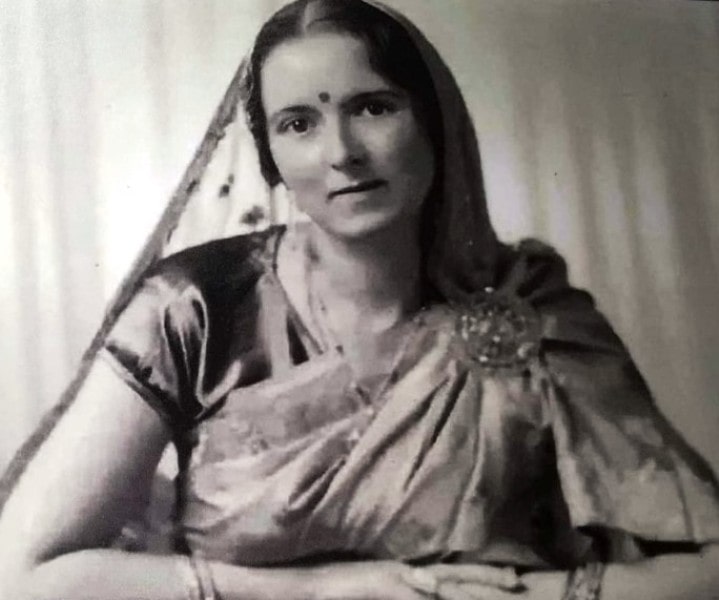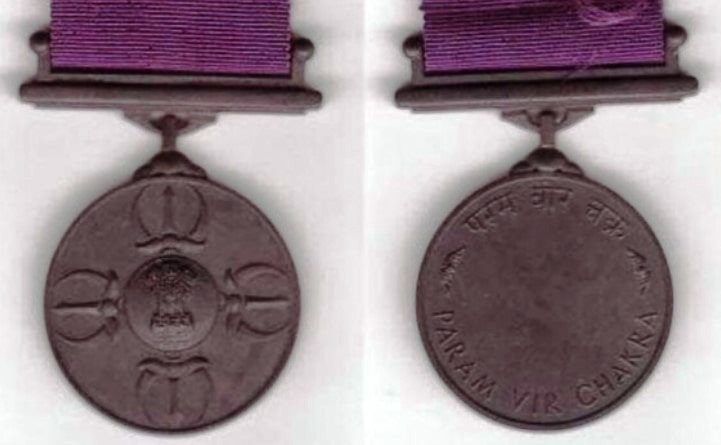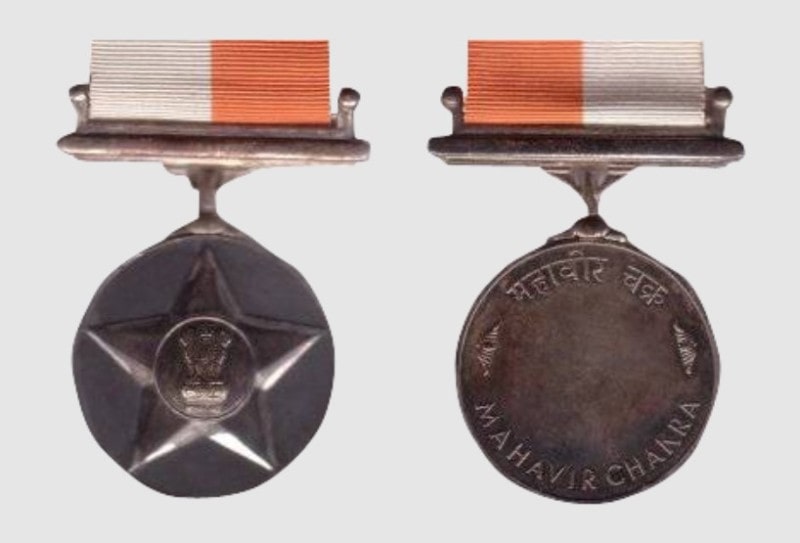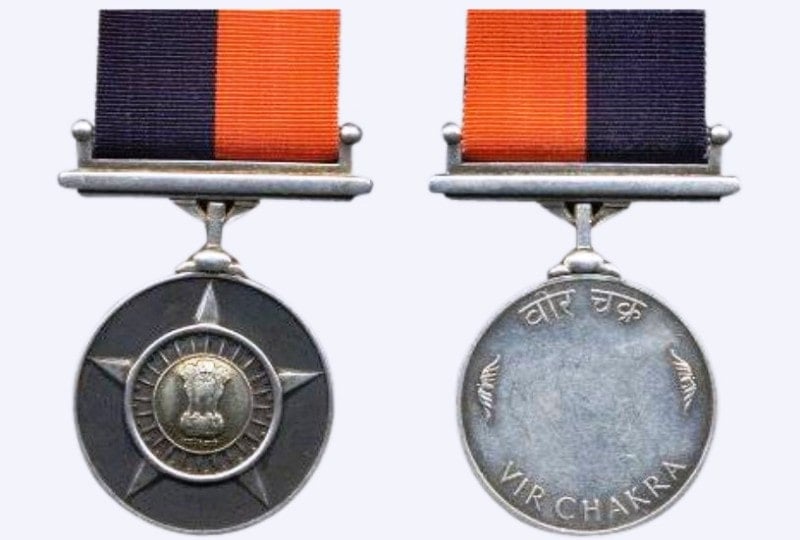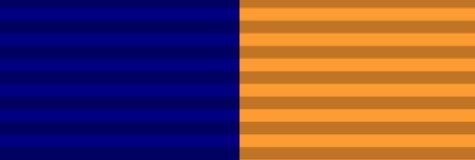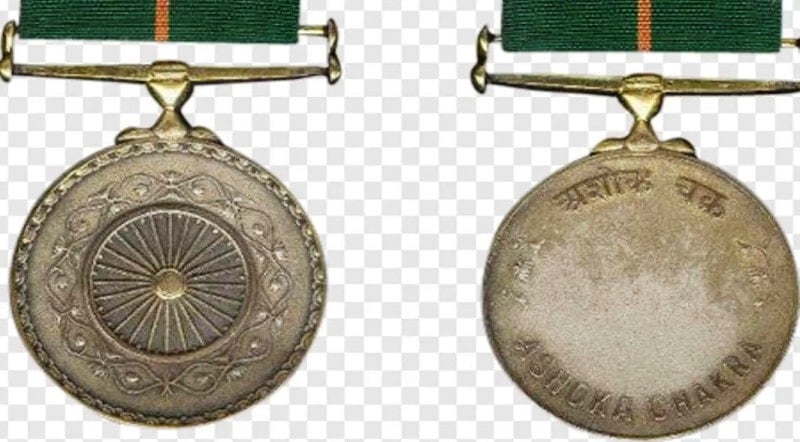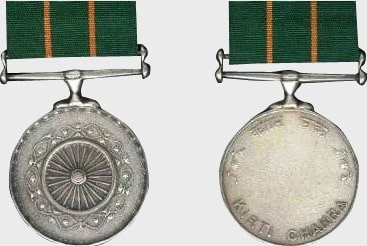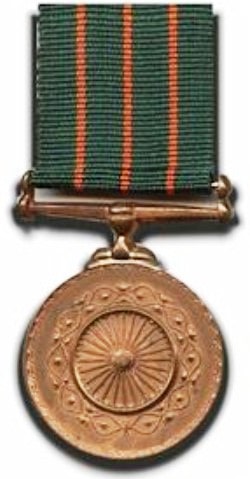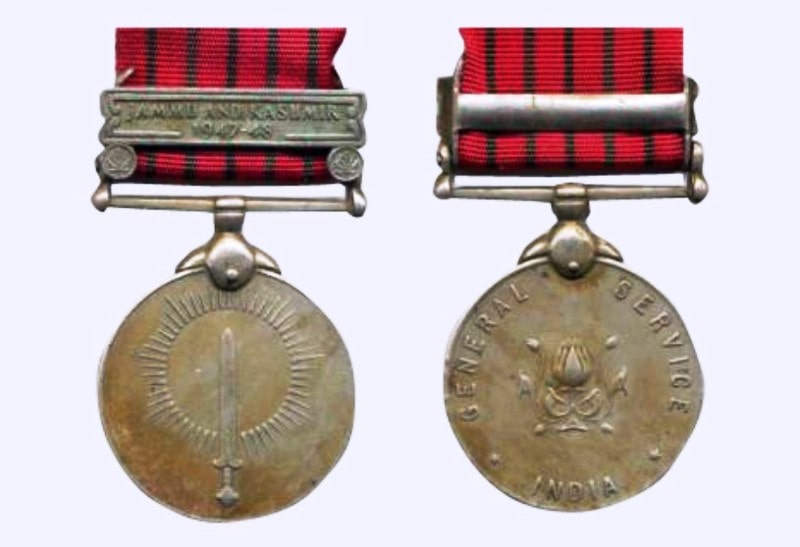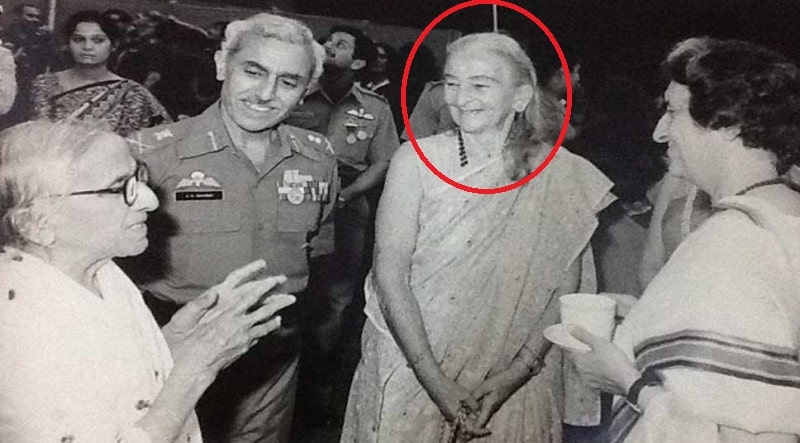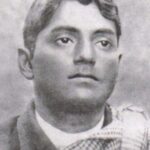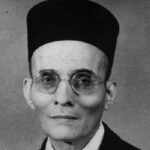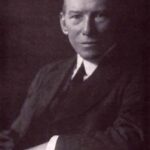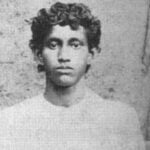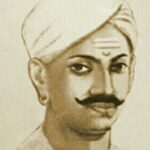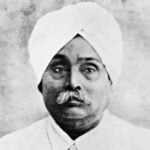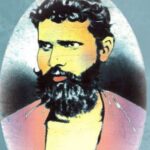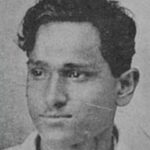Savitri Khanolkar Age, Death, Husband, Children, Family, Biography & More
| Bio/Wiki | |
|---|---|
| Birth name | Eve Yvonne Maday de Maros [1]India Times |
| Full name | Savitri Bai Khanolkar [2]Business Standard |
| Profession | • Painter • Designer |
| Famous for | Designing independent India's highest gallantry award, the Param Vir Chakra |
| Personal Life | |
| Date of Birth | 20 July 1913 (Sunday) |
| Birthplace | Neuchâtel, Switzerland |
| Date of Death | 26 November 1990 |
| Place of Death | New Delhi, India |
| Age (at the time of death) | 77 Years |
| Death Cause | Natural causes |
| Zodiac sign | Leo |
| Nationality | Indian |
| Hometown | Neuchâtel, Switzerland |
| College/University | Patna University |
| Religion/Religious Views | Hindu |
| Food Habit | Vegetarian [3]The Times of India |
| Hobbies | • Dancing • Singing • Painting |
| Relationships & More | |
| Marital Status (at the time of death) | Widow |
| Marriage Date | Year, 1932 |
| Family | |
| Husband/Spouse | Vikram Ramji Khanolkar (a retired Major General of the Indian Army)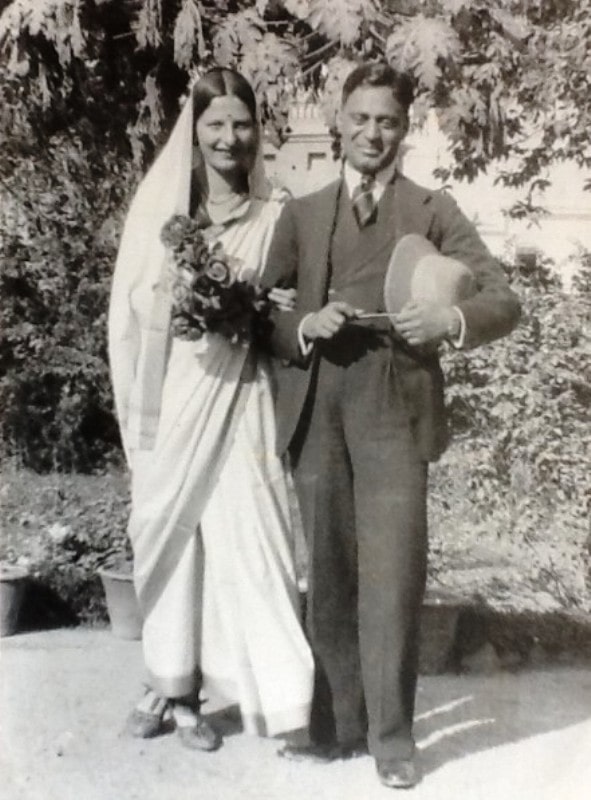 |
| Children | Daughter- Kumudini Khanolkar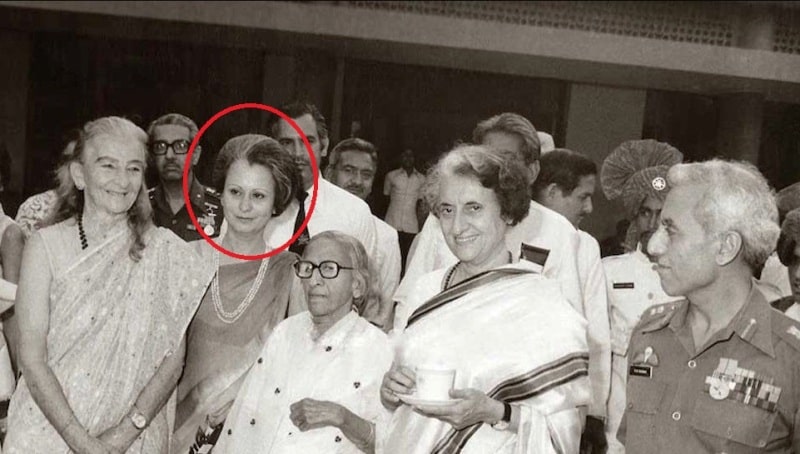 |
| Parents | Father- André de Maday (a sociology lecturer at Geneva University) Mother- Marthe Hentzelt (professor at Institut Jean-Jacques Rousseau (Rousseau Institute) |
Some Lesser Known Facts About Savitri Khanolkar
- Savitri Khanolkar was an Indian designer, who is well-known for designing India’s highest gallantry award, the Param Vir Chakra (PVC). She is also known for designing other gallantry awards for the nation.
- Savitri began her schooling in Geneva; her father, there, was working at Geneva University.
- Savitri was greatly influenced by Indian culture and traditions. During her summer vacations, she read many books on Indian culture.
- During her summer vacations, she along with her family visited the beach in Geneva; it is where she met Vikram Ramji Khanolkar and fell in love with him.
- Vikram Ramji Khanolkar had visited Geneva when he was on a term break while training as an Indian officer cadet at Sandhurst Military Academy in the United Kingdom.
- Savitri somehow convinced her father to get Vikram’s residential address, and soon, they started talking to each other through letters.
- A few years passed and Savitri decided to give Vikram a visit, who was living in Bombay. Soon after meeting, they both decided to get married to each other. In 1932, they both got married in Bombay.
- After getting married to Vikram, Savitri completed her formal education at Patna University. There she studied Indian culture, the Hindu religion and the Vedas.
- By the time India achieved its independence from the British Raj; Savitri had learned a lot about Indian culture. It was decided by the Indian Army that new gallantry awards have to be designed. The army, then, gave the responsibility of designing new gallantry awards to Major General Hira Lal Atal.
- When Maj Gen Hira Lal Atal met Savitri Khanolkar, he was impressed by her knowledge about the country, and hence, asked her for her help with the designing of the medals.
- While designing the Param Vir Chakra, Savitri included Vajra, a weapon, which was made by the spine of a saint called, Rishi Dadhichi, who donated his spine to the Gods. She was also greatly influenced by an Indian warrior named, Chhatrapati Shivaji Maharaj. Thus, his sword called, Bhawani, was incorporated into the design of the medal.
- The medal is completely made of Bronze and has a 32mm purple ribbon attached to its swivel, which holds the medal. The medal in the centre has a raised circular platform, which has the national emblem of India, embossed on it. The raised circular platform is surrounded by four Vajras and each Vajra is flanked by two Bhawani swords of Shivaji Maharaj.
- On the back of the medal, Param Vir Chakra is written in both Hindi and English languages. The words are separated from each other by two lotus flowers. The medal has a diameter of 13/8 inch or 41.275 mm.
- The Maha Vir Chakra is a round-shaped medal which is made up of silver. The medal is India’s second-highest gallantry award, awarded during wartime. In the medal, there is a five-point Heraldic star, and at the centre of the star, there is a circle which has the national emblem of the country embossed on it.
- On the other side of the medal, Maha Vir Chakra is written in English and Hindi languages. Both these languages are separated from one another by a lotus flower.
- The Maha Vir Chakra’s ribbon is half white and half orange and its total width is 3.2 cm.
- Savitri also made India’s third-highest wartime gallantry award, the Vir Chakra. The medal is circular and is made of silver. The medal consists of a 5 star, with a dome at the centre. In the middle of the dome, there is India’s national emblem. The medal’s diameter is 13/8 inch or 41.275 mm.
- On the other side of the medal, Vir Chakra is written in both English and Hindi; separated by two lotus flowers.
- The ribbon of the medal is half coloured in dark blue and half in saffron. The diameter of the ribbon is 30mm.
- Apart from designing the medals, that are awarded during wartime, Savitri also designed gallantry medals, awarded during peacetime.
- The Ashoka Chakra is India’s highest gallantry award, awarded during peacetime. This award is made up of gold gild and has a diameter of 13/8 inch or 41.275 mm.
- At the centre of the medal, there is an Ashok Chakra which is surrounded by a circular wreath of lotus flowers. On the other side of the medal, Ashoka Chakra is written in both English and Hindi languages. These words are separated by lotus flowers. The medal is circular in shape.
- The medal hangs from a swivel, which is attached to a 32mm dark green ribbon, with a 2mm saffron stripe in the middle.
- The Kirti Chakra is made up of silver and is circular in shape. The medal is India’s second-highest gallantry award, awarded during peacetime. It has a diameter of 13/8 inch or 41.275 mm. The medal has an Ashok Chakra in the middle and is surrounded by a circular wreath of lotus flowers. On the other side of the medal, Kirti Chakra is written in English and Hindi.
- The medal’s ribbon is a dark green ribbon which is 30mm in width and is divided into two by 2mm saffron strips.
- The Shaurya Chakra is India’s third-highest gallantry award, awarded in peacetime. The medal is circular in shape and is made up of bronze. The medal in the centre has an Ashok Chakra, which is surrounded by a wreath made of lotus. The words, Shaurya Chakra have been embossed on the back of the medal, in both Hindi and English.
- The medal has a dark green ribbon; equally divided into four halves by three saffron strips.
- Savitri had also designed a General Service Medal, which was discontinued from use in 1975 itself. The medal was awarded to the soldiers for serving in theatres of operations. The medal is made up of nickel and is round in shape. The medal has a 31mm red ribbon with five equally placed, 1mm dark green stripes.
- The front of the medal has Shivaji’s sword, Bhavani on it. The sword is surrounded by a halo. The reverse of the medal contains a lotus flower’s bud in the centre and the General Service Medal written around the edge of the medal.
- Savitri’s mother died while giving birth to her. She as a child would often ask about her mother from her father. While giving an interview, Lieutenant General Harbaksh Singh told,
Born of Hungarian parents, Mrs. Khanolkar lost her mother at birth. Her father was then a librarian of the League of Nations in Geneva. She was brought up by him and put in a school at Riviera, which was near the sea-coast. She missed her mother from the very beginning, and would often question her father as to where was her mother, and why did he come alone to school to see her?”
- Savitri was also a social worker. She helped those who were displaced from their homes and land, due to the violent partition of India and Pakistan in 1947.
- Savitri has been described as a very simple woman. She, after the death of her husband, joined Ramakrishna Math in 1952. In an interview, Lt Gen Harbaksh Singh said,
Mrs Khanolkar was truly an Indian wife. She dressed simply, in cotton saris, and wore no rouge, and had chappals to wear! I really liked Mrs Savitri Khanolkar and her ways immensely. She had become the follower of Ramakrishna Math, and started following the Vedants. And, by her ways, she inducted me into Vedanta.”
- Savitri was a master of many languages. She could fluently speak Hindi, English, French, Marathi and Konkani.
- She has authored and published a book titled, “The Saints Of Maharashtra.”
- Savitri’s decision to marry Vikram was objected to, by her father. Even Vikram’s parents and his superior British officers were not so happy with their decision of getting married. Lt Gen Harbaksh Singh told in an interview that,
He brought her to Aurangabad as his newlywed bride, but this was not liked by the British Officers in the Battalion – firstly because she was a foreigner, and secondly because he had married against the unwritten law that as a British officer, you could not marry until you were 30.”
- Savitri would often say that she was mistakenly born in Europe, instead of India. She never liked it, when someone called her a ‘foreigner.’
- Many renowned personalities used to meet Savitri because of her contributions to the designing of the medals for the country.
References/Sources:

